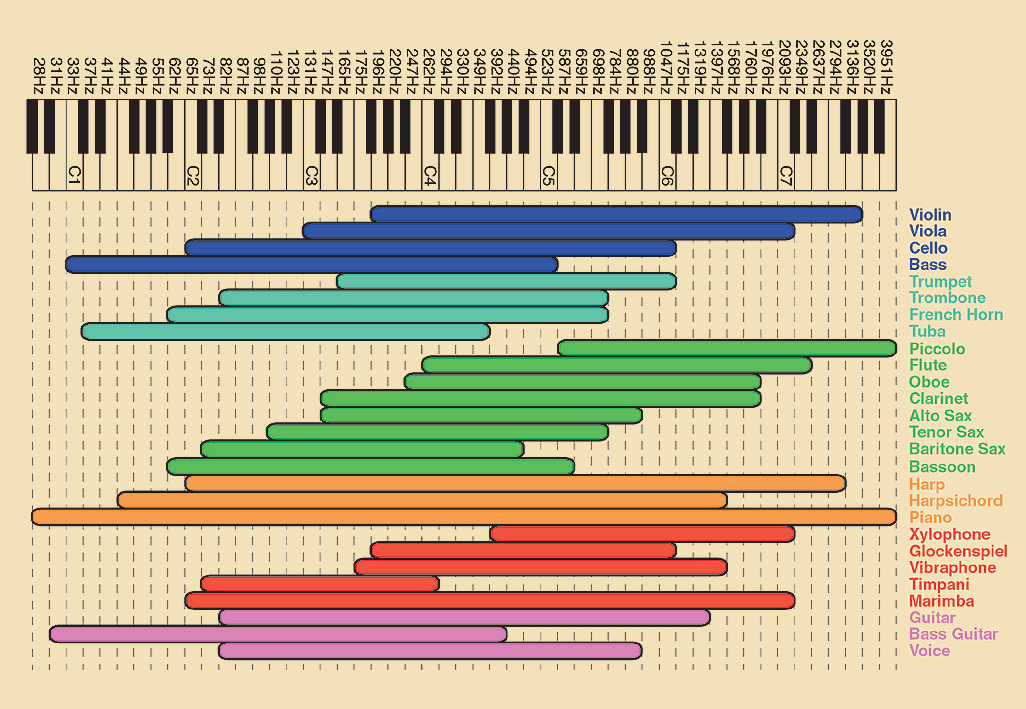For a keyboard-- as opposed to a bass guitar or lead guitar-- you want an amplifier that can boost low frequencies (bass), high frequencies (treble), and everything in between, because a keyboard can play notes ranging from very low to very high.
Slight correction (possible disagreement) here. Bass guitars use and need a full range of sound just like keyboards. And typically keyboard and bass amps are interchangeable. Many lines are actually the same equipment but sold under different names with slightly different features and different EQ settings.
Even though Bass guitars may not commonly play root notes very high, their harmonics go on up into the upper-middle of the human frequency spectrum, and it's those bright harmonics that allow the bass to cut through the mix, especially during the attack phase. Couple that with the fact that high frequencies are the easiest and most natural thing for amps/cabs to produce (you have to work to cut them out), and there's really no reason not to make a bass amp that has an even frequency response even past what a bass can produce. Now, some older tube bass amps, just like the tube amps of yesteryear for Electro-acoustic pianos (Twin Reverb, etc), definitely color and sculpt the sound for a certain character, but that's another discussion entirely, and usually that can be avoided by not overdriving the amp.
Basically, most bass and keyboard amps are the same, for the most part, especially solid state, but even most tube amps. I play on both with both instruments, and they both do a great job. I've had bass players who absolutely adored my Roland KC-550 keyboard amp and went on to buy them as bass amps. And I currently play my keys through a Gallien-Krueger bass combo and all the patches sound solid.
Guitar amps, on the other hand, are a TOTALLY different animal. NEVER play a bass or keyboard through a guitar amp, you can easily ruin it and it'll likely sound like ass.

